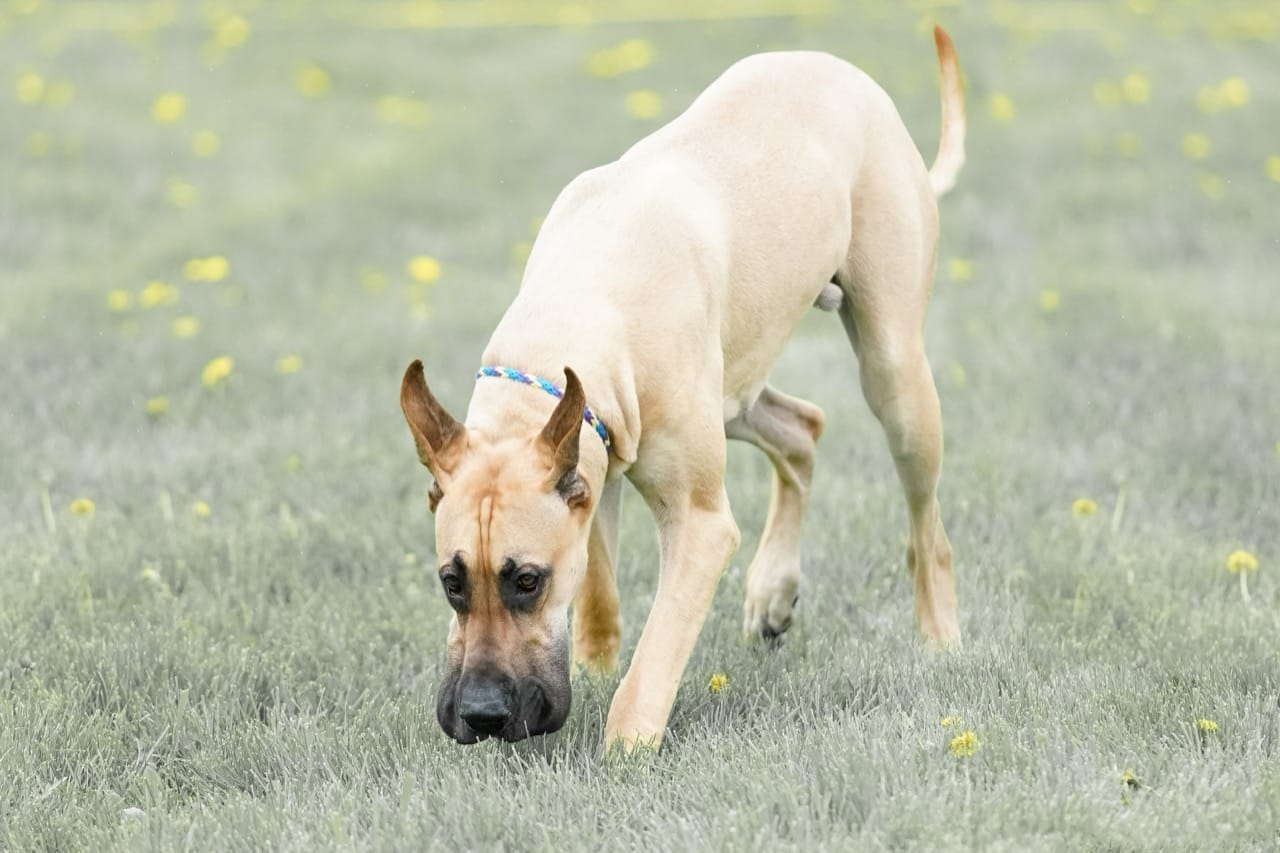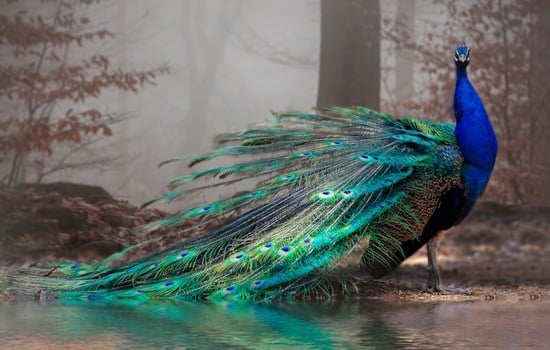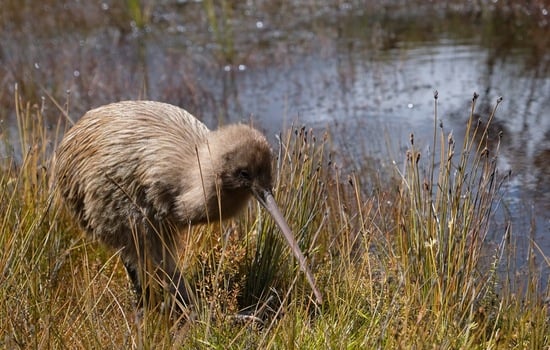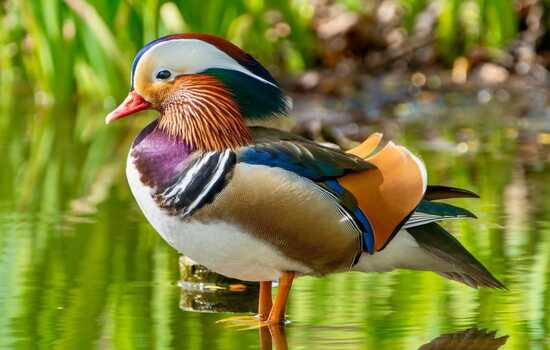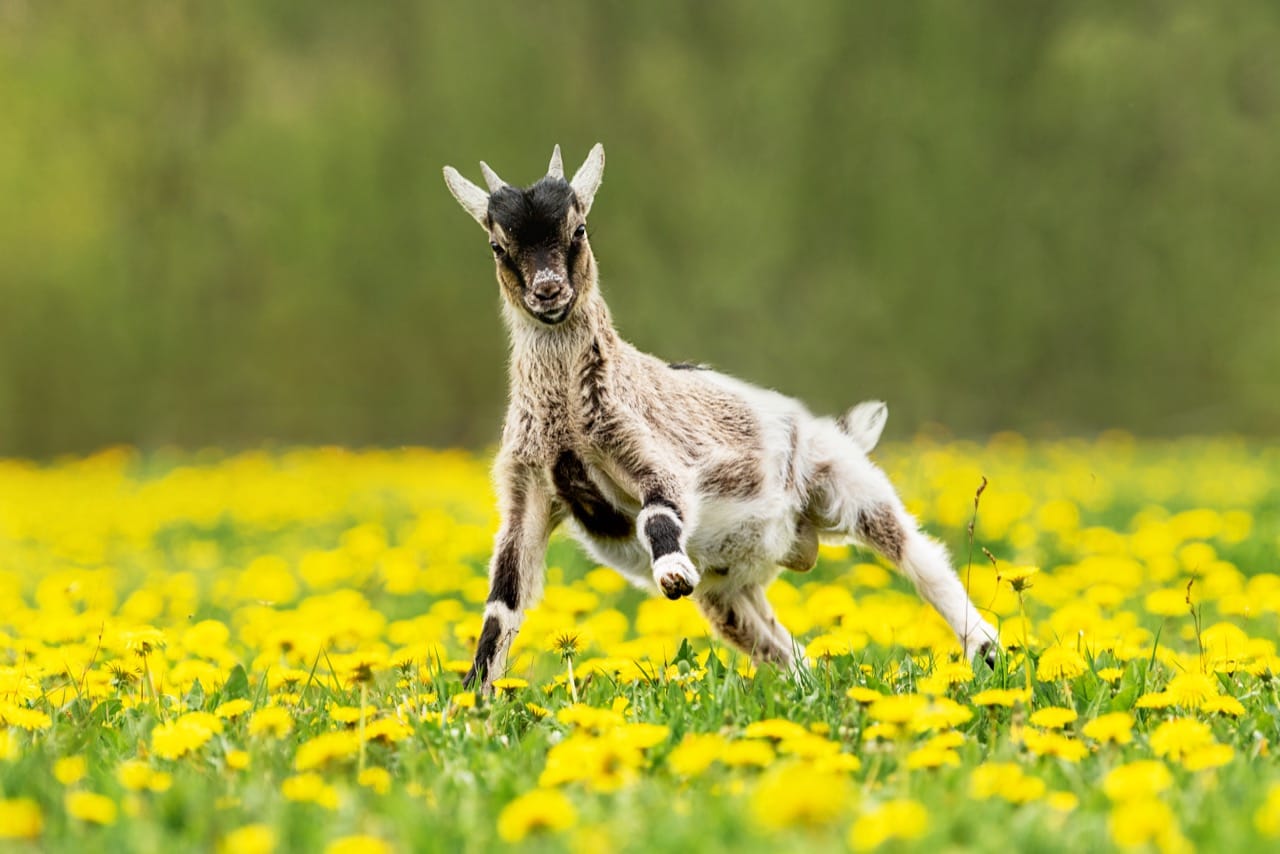
Step into the enchanting realm of Pygmy goats, a breed that epitomizes adorability with their compact frames and playful antics. These miniature goats are not just pets; they are a source of joy, companionship, and even utility in various homesteads around the world. With their origins steeped in the forests of West Africa and their hearts firmly capturing the affection of those who care for them, Pygmy goats are as intriguing as they are delightful. Here’s a fun fact to kick things off: despite their small stature, Pygmy goats are incredibly sturdy and robust, having originally been bred for meat and milk production, which makes them surprisingly resilient for their size.
Origins and Historical Significance
Pygmy goats, scientifically known as *Capra aegagrus hircus*, originally hail from the Cameroon Valley in West Africa. They were primarily bred for their meat and milk before being introduced to Europe and the United States in the 1950s. In these new environments, they quickly transitioned from agricultural staples to beloved pets and show animals due to their friendly dispositions and manageable size.
Historically, Pygmy goats were considered a valuable resource in their native lands, providing essential nutrients through their milk and meat. As they spread across the world, their role expanded beyond mere agricultural assets to that of companion animals, bringing joy and entertainment to families and animal enthusiasts.
Physical Characteristics: More Than Just Miniature
Pygmy goats are distinguished by their compact and cuddly appearance. They typically stand about 16 to 23 inches tall at the shoulder and can weigh anywhere from 35 to 50 pounds, with males generally being larger than females. Despite their small size, they are muscular and proportionally balanced.
Their coats can vary significantly in color, ranging from white and gray to brown and black, often with random patches or uniform hues. Their fur is thick and coarse, adapted to protect them from the elements, which is a holdover trait from their origins in the harsh climates of Africa. This adaptability makes them particularly suited to a variety of living conditions.
Creating a Suitable Habitat
To keep Pygmy goats healthy and happy, they require ample space to roam and play. A secure outdoor enclosure with sturdy fencing is crucial, as Pygmy goats are known for their ability to escape from inadequately secured pens. The enclosure should provide at least 200 square feet of space per goat to ensure they have enough room to exercise and explore without feeling cramped.
Shelter within the enclosure is equally important to protect them from harsh weather conditions. A simple goat shed or a barn with a dry, draft-free area is sufficient. Inside their living quarters, provide bedding such as straw or wood shavings to absorb moisture and maintain warmth during colder months.
Diet and Nutrition: Feeding Your Pygmy Goat
Feeding Pygmy goats involves more than just leaving out some grass or hay. Their diet should be well-balanced to prevent obesity and nutritional deficiencies, common issues in smaller goat breeds. A diet primarily consisting of good quality hay, such as Bermuda or Timothy, should make up the bulk of their intake, supplemented by commercial goat pellets to provide necessary vitamins and minerals.
Fresh water should be available at all times, and treats like fruits or vegetables can be offered sparingly to avoid digestive issues. It’s crucial to consult with a vet or a goat nutrition expert to tailor the diet to your goat's specific needs, particularly to balance their caloric intake against their daily activity level to maintain optimal health.
Behavior and Social Needs: Understanding Your Pygmy Goat
Pygmy goats are highly social creatures that thrive on interaction. If you're considering adopting a Pygmy goat, it's wise to get at least two to prevent loneliness and behavioral issues. They are known for being affectionate, curious, and sometimes mischievous, which can provide endless entertainment and companionship but also requires patience and training.
They communicate through bleats, which can express anything from contentment to distress. Understanding and responding to these vocalizations can greatly enhance the bonding process. Regular play and interaction with humans and fellow goats will keep them engaged and prevent boredom.
Health Care and Maintenance
Routine veterinary care for vaccinations, deworming, and annual check-ups are essential to keep Pygmy goats in good health. They are prone to certain ailments like hoof rot and parasites, which can be managed with regular hoof trimming and proper sanitation practices in their living quarters.
Another key aspect of their care includes grooming; although their coats are not overly high-maintenance, regular brushing helps to remove dirt and debris, and during warmer months, it aids in cooling them down by increasing air circulation near their skin.
Lifespan and Long-term Care
With proper care, Pygmy goats can live up to 12 to 15 years, sometimes longer. They become cherished members of any family or farm during this time, providing not just utility but also companionship and joy. As they age, their dietary and physical needs may change, requiring more attention to diet modifications and veterinary care to manage old age ailments.
Keeping a Pygmy goat is a commitment that spans over a decade, but it’s one that brings numerous rewards as these goats often become as much a part of the family as any traditional pet. Their playful antics, social nature, and affectionate demeanor make the journey of caring for them an enriching experience that transcends the usual pet-owner relationship, fostering a deep bond that lasts throughout their considerable lifespan. Whether they’re prancing in a backyard or participating in a goat show, Pygmy goats offer a unique blend of companionship, utility, and sheer delight.
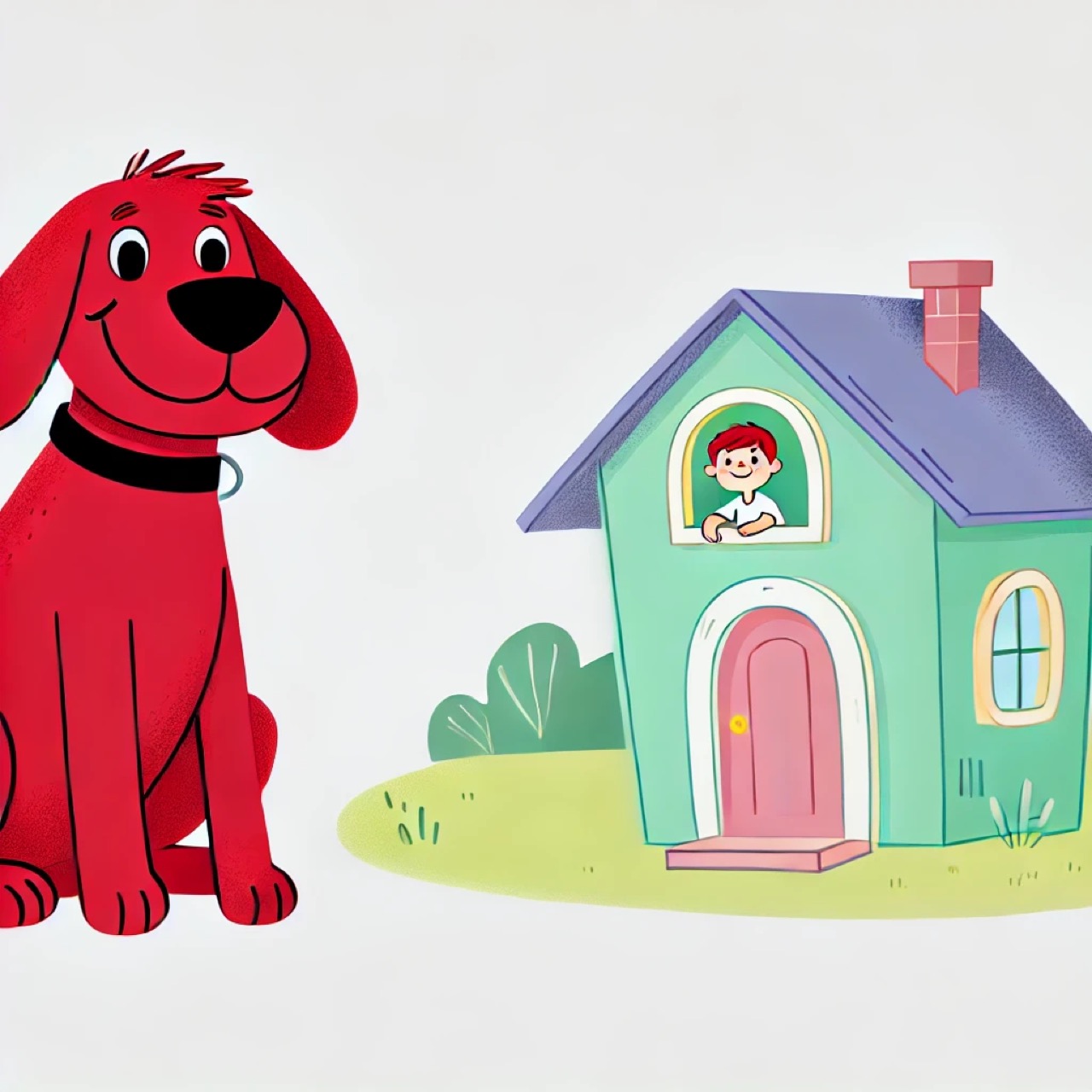
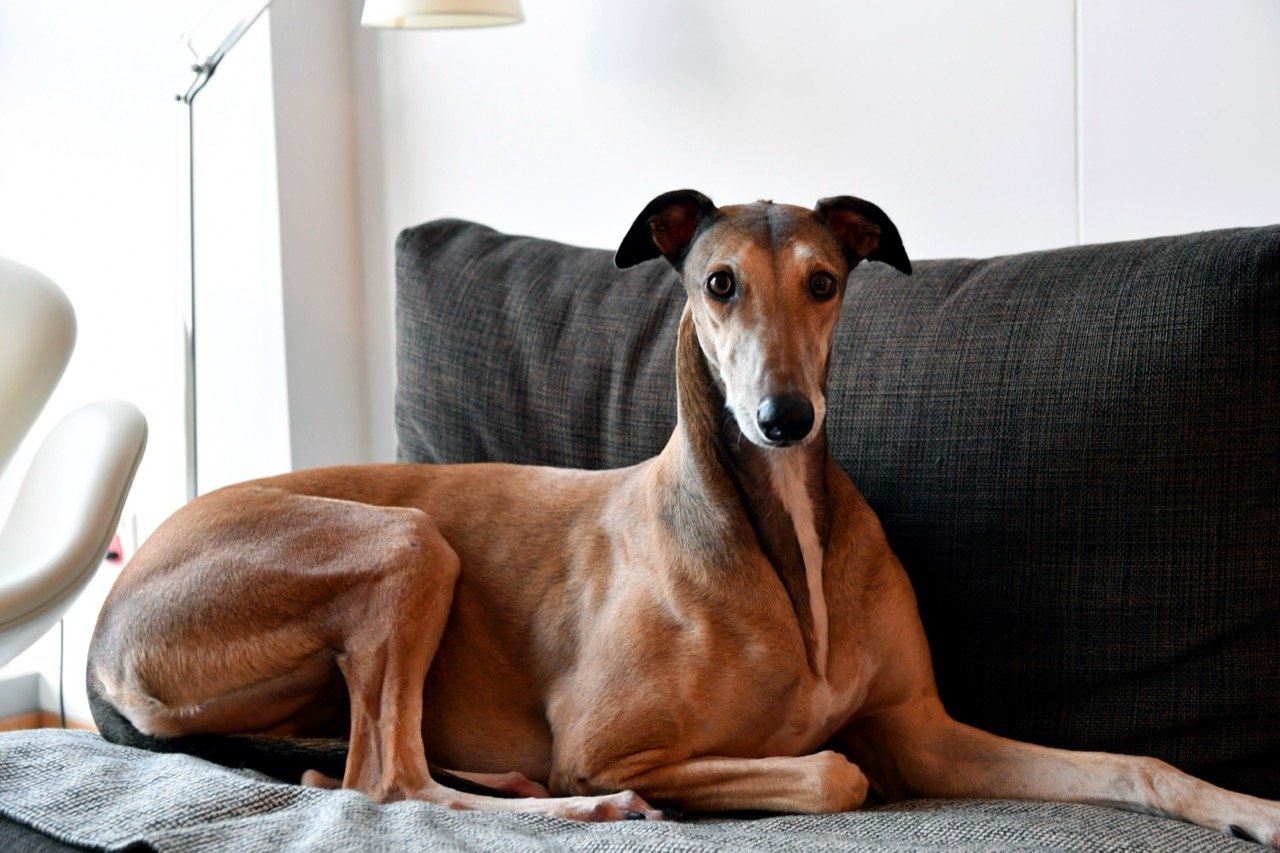
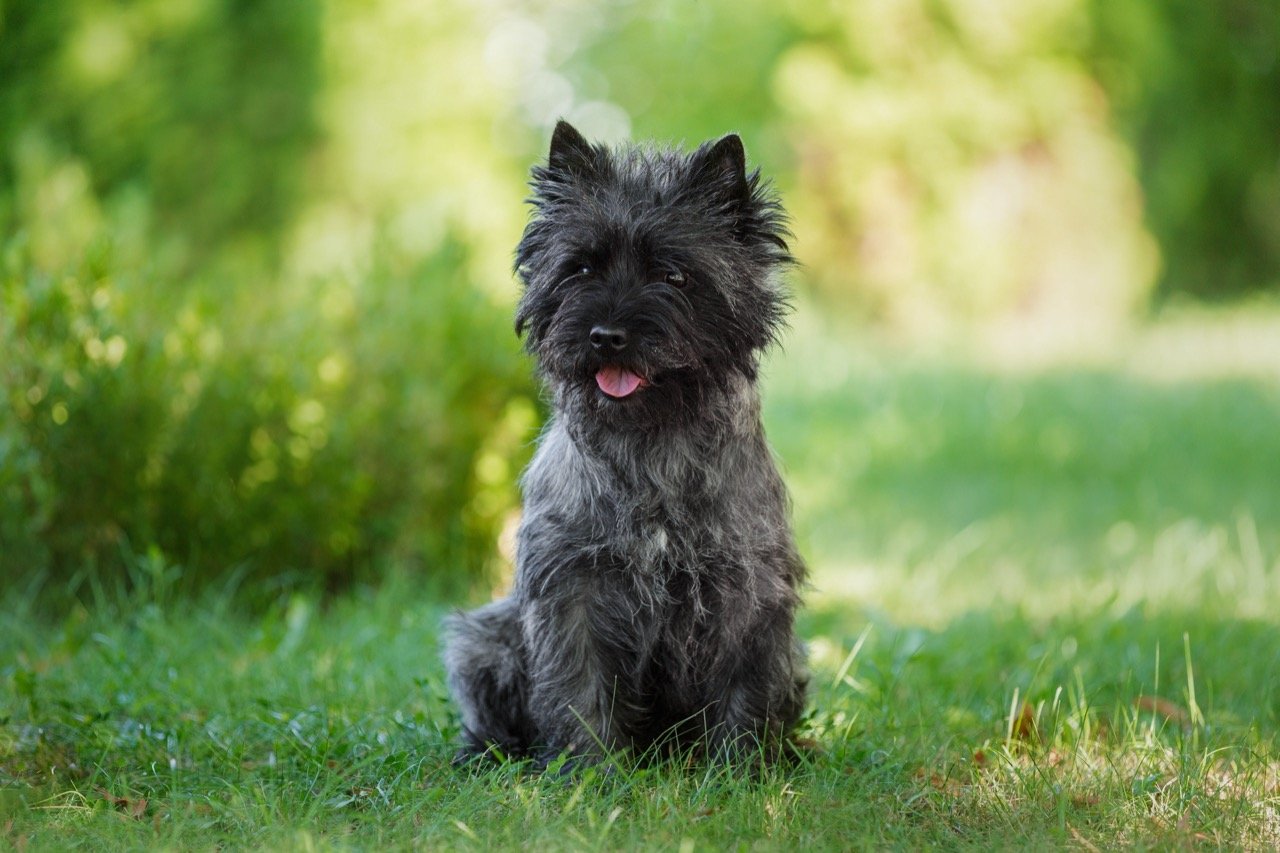
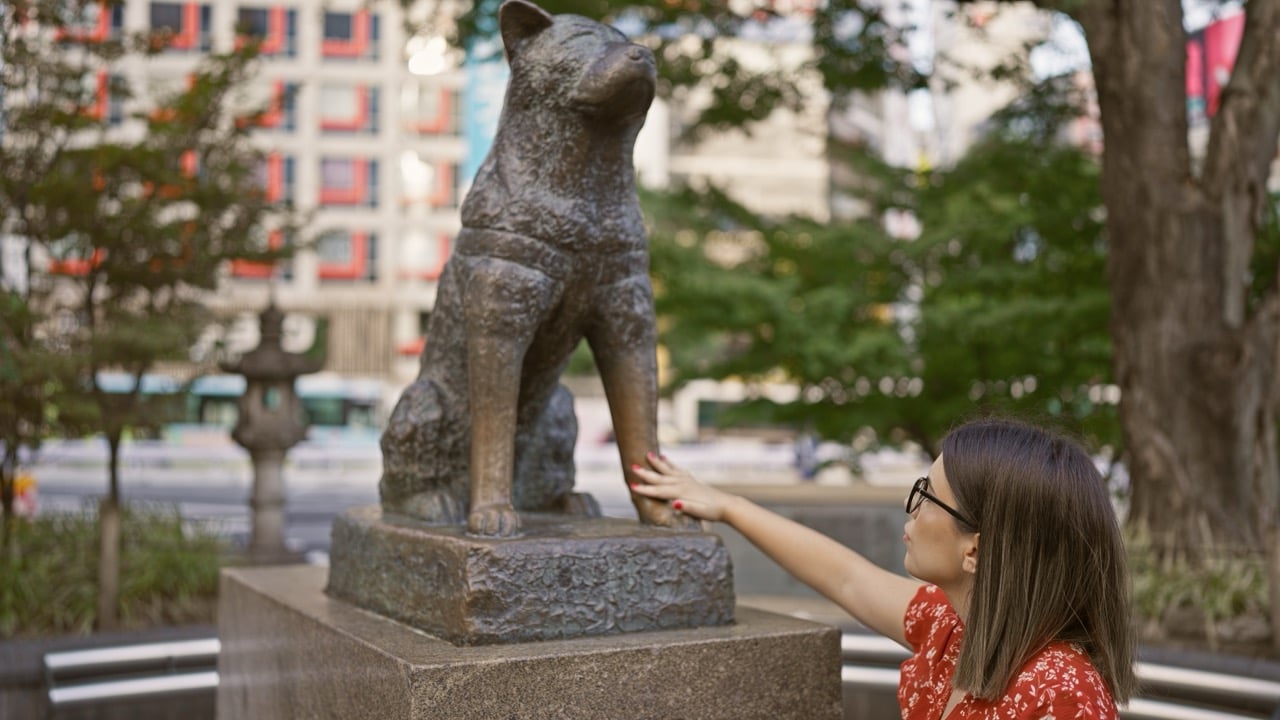
.jpeg)
